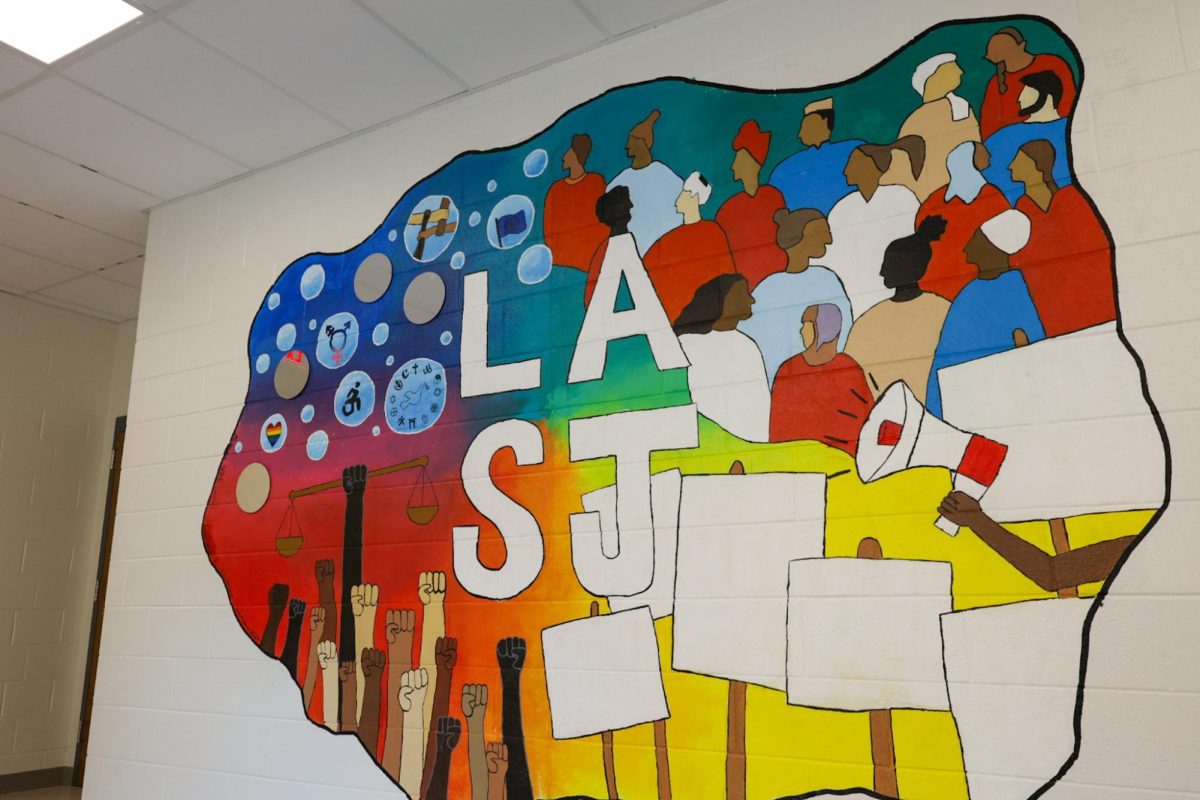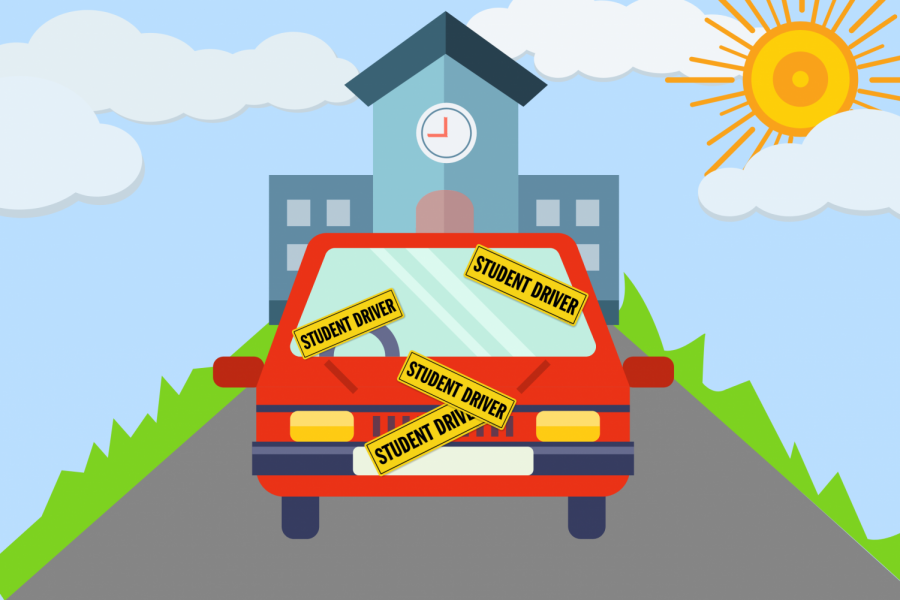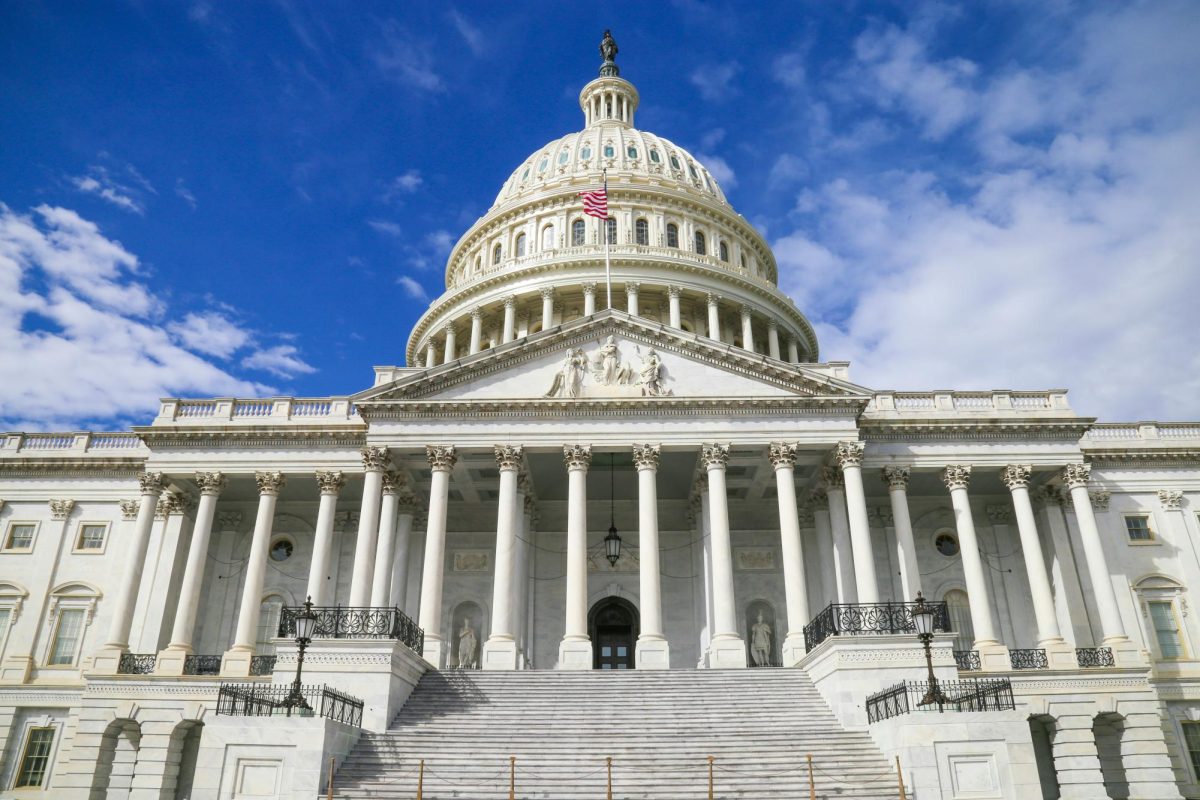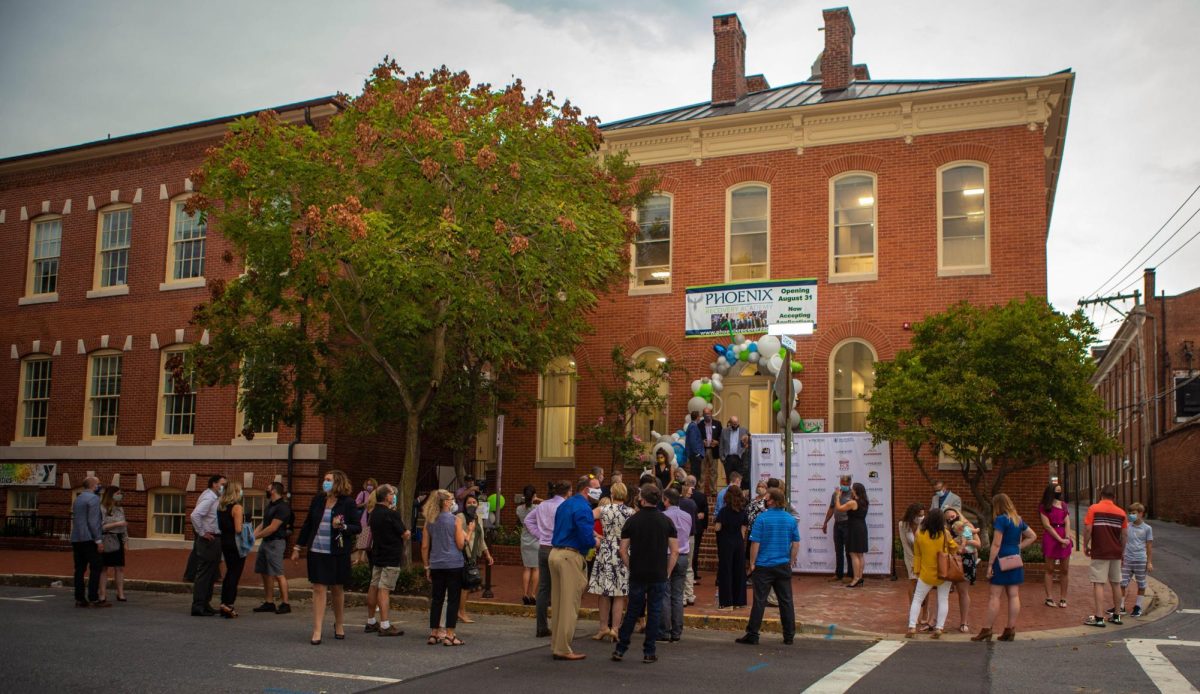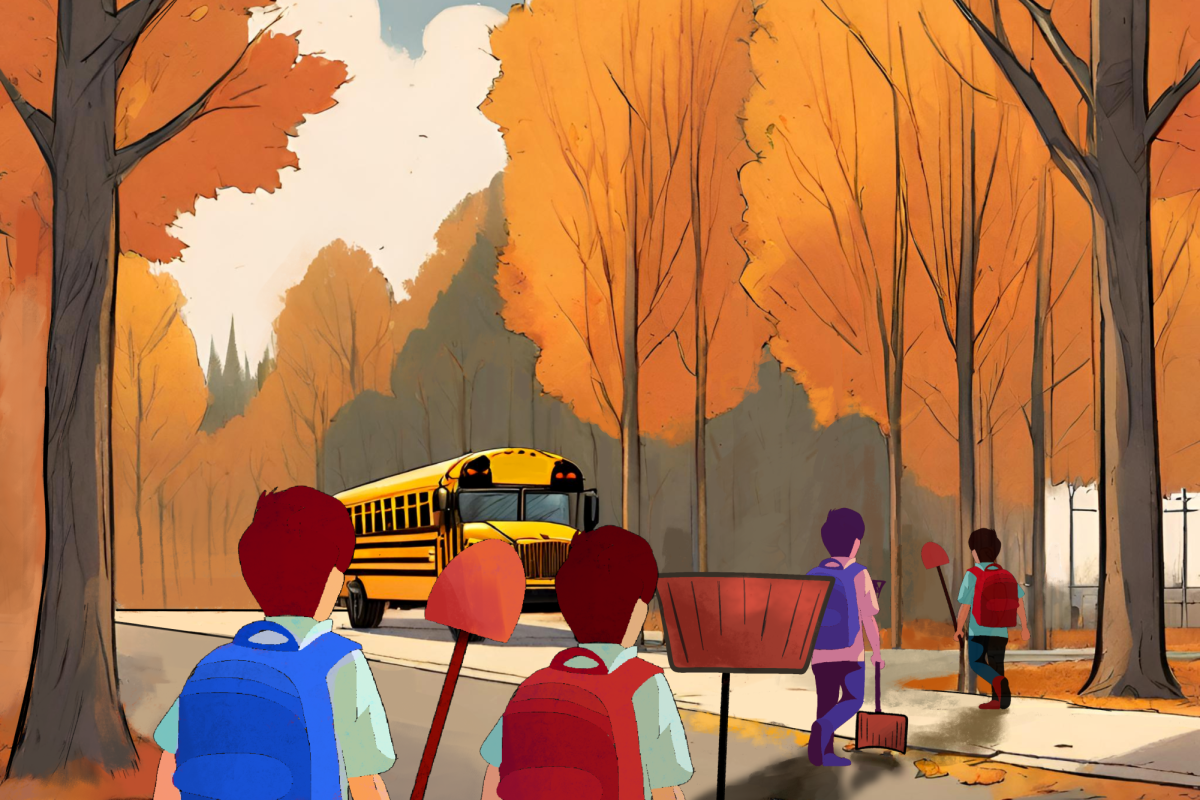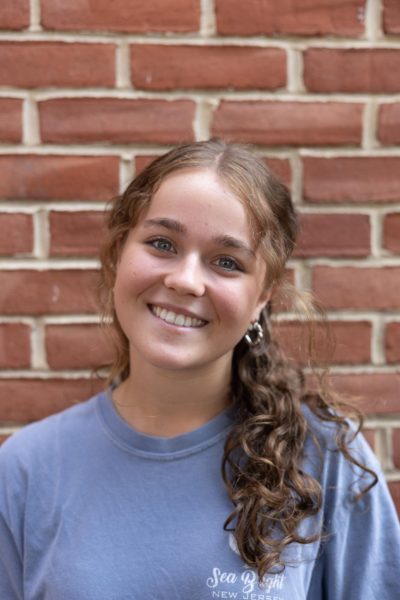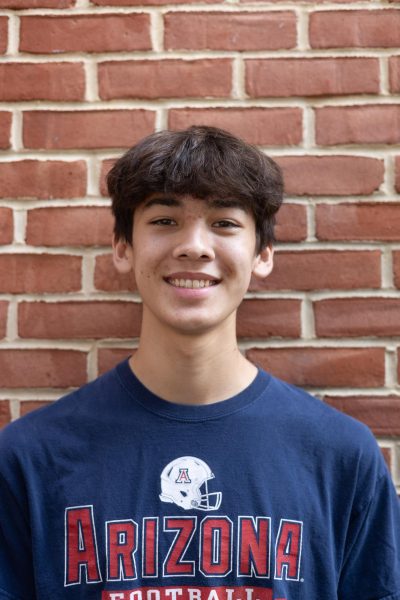Following a series of hate-based crimes at Whitman, administrators created the Leadership Academy of Social Justice (LASJ) in 2021. The program began with a virtual forum for students and staff to openly discuss racial injustice and what changes they want in the community, leading to the creation of the Leadership, Equity, Inclusion and Social Justice (LENS) course at Whitman. LENS was an immediate success — inspiring the creation of the full LASJ course curriculum surrounding social justice.
With hate-charged events often occurring in Montgomery County, social justice programs aimed at combating hate are increasingly common. When there’s an act of hate, Whitman tends to increase school-wide anti-bias education. With an increased push for diversity, equity and inclusion, (DEI) this phenomenon occurs in workplaces and schools alike. Making sessions mandatory in workplaces often leads to pushback and limited long-term improvement.
School and business leaders should not respond to hate-charged actions by holding restorative justice seminars, but rather address the root of the issue, fix it with the perpetrator and those affected, and then spread awareness to the general population. Solely holding restorative circles harms the healing of students affected by the discussion incident or topic and the learning of those who want to work on their own biases. It could also make the perpetrator resistant to education, as staff and administration portray these conversations as punishment and public shaming in front of other students and staff rather than a true learning experience.
In 2023, members of Whitman’s Speech and Debate team allegedly made antisemitic comments towards Jewish members of the team. Whitman administrators’ response was to hold three “restorative learning” sessions, mandated for all members of the Public Forum debate team.
The strategy didn’t last. Administrators soon paused the circles for restorative justice facilitators to meet with students individually and determine how to encourage healing. The other debate students had rightfully complained — they weren’t the problem, and they alleged performative activism.
“Performative activism shows up over and over again,” said an anonymous Whitman junior. “We’re constantly having antisemitic things happen, and it feels like no one is doing anything about it.”
Whitman administrators have attempted to educate the student body on social justice issues time and time again. They have increased the number of OneWhitman seminars to bimonthly rather than monthly, and they also shined a light on clubs and other spaces that highlight marginalized groups through schoolwide videos.
These attempts aren’t enough if the only solution they have when a hate-charged action occurs is to talk about it.
Having close-minded students leading these restorative circles could create a negative environment for others, creating a cycle of bias. Especially in the case of a topic-specified circle, having someone present who has previously done something offensive related to the topic discussed, where it is likely that targeted community members will be present, could cause students to be seriously uncomfortable. In any case, encouraging students or staff to participate in mandatory discussion circles to educate themselves helps no one. Instead, Whitman should educate students in more ways than just OneWhitman.
“I don’t really think that upperclassmen take it seriously because most of the stuff is super repetitive,” Whitman junior Kendley Miller said. “They reuse a lot of the slideshows. In my class, my teacher basically just didn’t show us the slides because she was like ‘You’re upperclassmen, you’ve already seen this stuff.’”
Whitman should focus diversity education on celebrating diversity instead of using it as a punishment. The most recent OneWhitman lesson on diversity at Whitman was in that spirit, and more should be. Whitman students care about diversity education and inclusivity, but forcing them to sit through the repetitive lessons isn’t going to foster a greater drive to action for most students.
If Whitman wants to increase the impact of these lessons, LASJ administrators need to take different approaches to implement them too, such as more hands-on lessons, or having speakers coming in to share their stories. By contrast, having slideshow-based discussions twice a month to demonstrate inclusivity but failing to demonstrate public action when an incident occurs is detrimental to the goals Whitman is trying to achieve. Soft activism places the responsibility on students to create change and hold perpetrators accountable, rather than on the adult leaders in the building.
These contradictions aren’t unique to Whitman. Professional environments often have the same issues, with those in leadership positions implementing seemingly performative ways to deal with discrimination. Holding meetings about why something is wrong will not inherently stop it from happening. Worse, a Harvard Business Review study found that five years after instituting mandatory training, companies actually saw a decrease in the number of African American women and Asian-American men and women in leadership roles.
Instead, administrators and leadership teams should devise situation-specific solutions that directly and successfully address the problem rather than unsuccessfully slightly addressing multiple problems. If a specific incident has occurred, administrators need to continue to address the issue directly with the student but not involve the community unless necessary.
If administrators want to make an effective impact when implementing social justice education, continuing to react to discrimination with soft activism is not the answer. Whitman needs to find a different way to encourage students to educate themselves. If Whitman administrators continue to use basic discussions to target discrimination, Whitman will never make effective steps toward a more accepting community.



